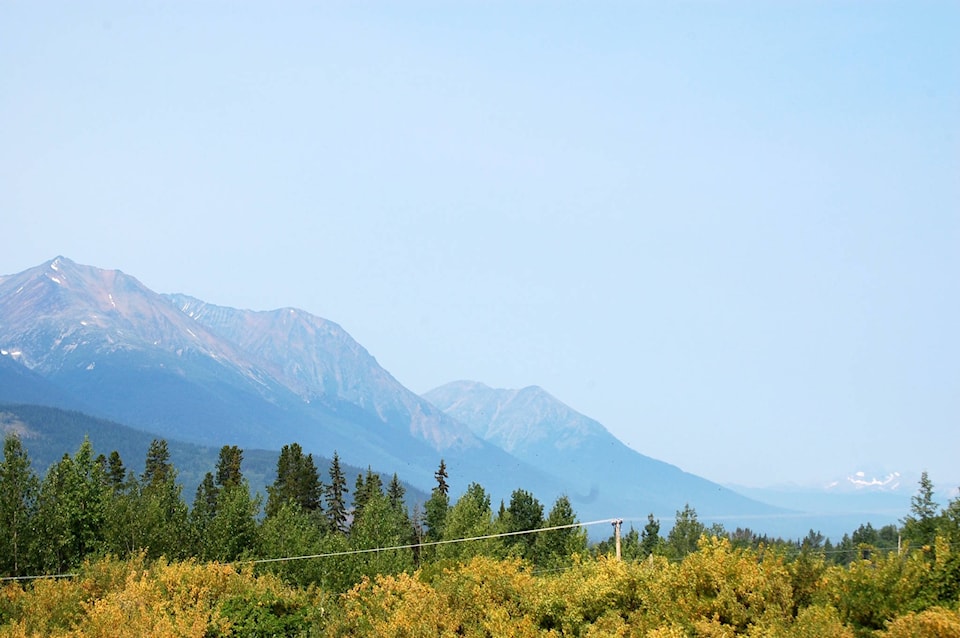The Bulkley Valley and Lakes District Airshed Management Society is always concerned about air quality, but they’ve recently started up new workshops to help others manage the air quality nearest to them—right in their homes.
They hosted their first workshop in Smithers on Feb. 13, and have plans to hit Houston with the workshop in March, though the date is yet to be determined.
“Emissions sources come from a number of things… there’s wildfire smoke, there’s the forest industry, which has its slash pile burning… there’s industrial emissions from smoke stacks, that’s mostly to do with wood processing plants… And then there’s other sources like rail lines, and small local sources… burning stuff other than wood… and exhaust from cars,” said Sue Brookes, BVLD Airshed Management Society Clean Air Coordinator.
“But one of the things I talk about is wood smoke, because we can do that at the household level and improve our own emissions,” she said.
While particulate matter coming from any emissions source is a major health concern, said Brookes, in the winter, the particulate from people burning wood in their homes for heat is especially bad.
But any air problem can become a health problem, as President of BVLD Airshed Management Society, Dave Stevens, knows all too well. Twelve years ago, he suffered a stroke which he attributes to breathing low quality air over a prolonged period of time. Now he’s on a mission to ensure no one else makes that mistake.
The air filters the team makes are “dead simple,” he said. And money shouldn’t be a concern, either, because they’re so cheap.
“People have to see it to believe it… You put the fan down so that the intake side of the fan… just an ordinary ventilation fan, the kind you use in the summer-time in hot weather… You put the intake side facing up. And you put the (furnace) filter on the back,” he said.
The final touch is duct taping it together.
The whole air filter altogether can cost as low as $50—Ten dollars for the furnace filter (they prefer the MERV 13, he said), and $40 for the big, square fan. The size of both filter and fan they’ve been using is about 20 inches by 20 inches.
Stevens has used an air monitor to measure the success of the filters. He’s found the home-made version comparable to a store-bought one he purchased from Canadian Tire, as shown by his testing.
And in fact, it’s helped his asthmatic grandson sleep better at night, too.
He just hopes people will take his message seriously, before it’s too late.
“People should inform themselves about how much air pollution there is in the place where they live, and should try to be proactive to protect themselves. It’s a mistake to wait until the symptoms show up,” he said.
More information for BVLD Airshed Management Society, and specifically on the filters, can be found at cleanairplan.ca
